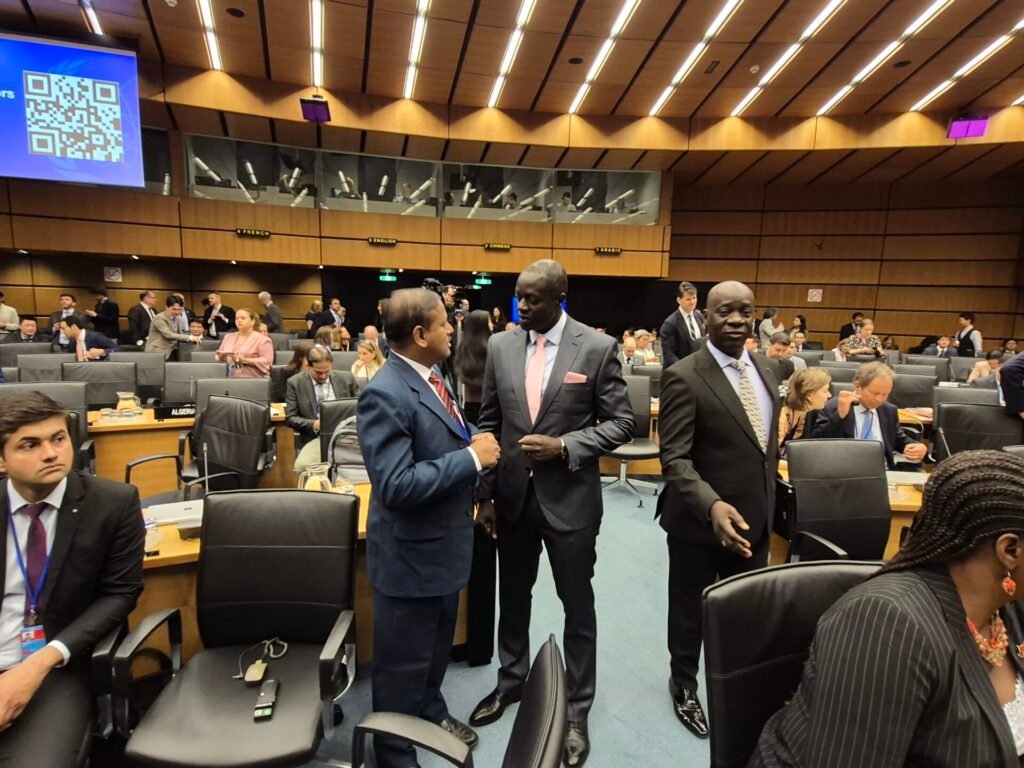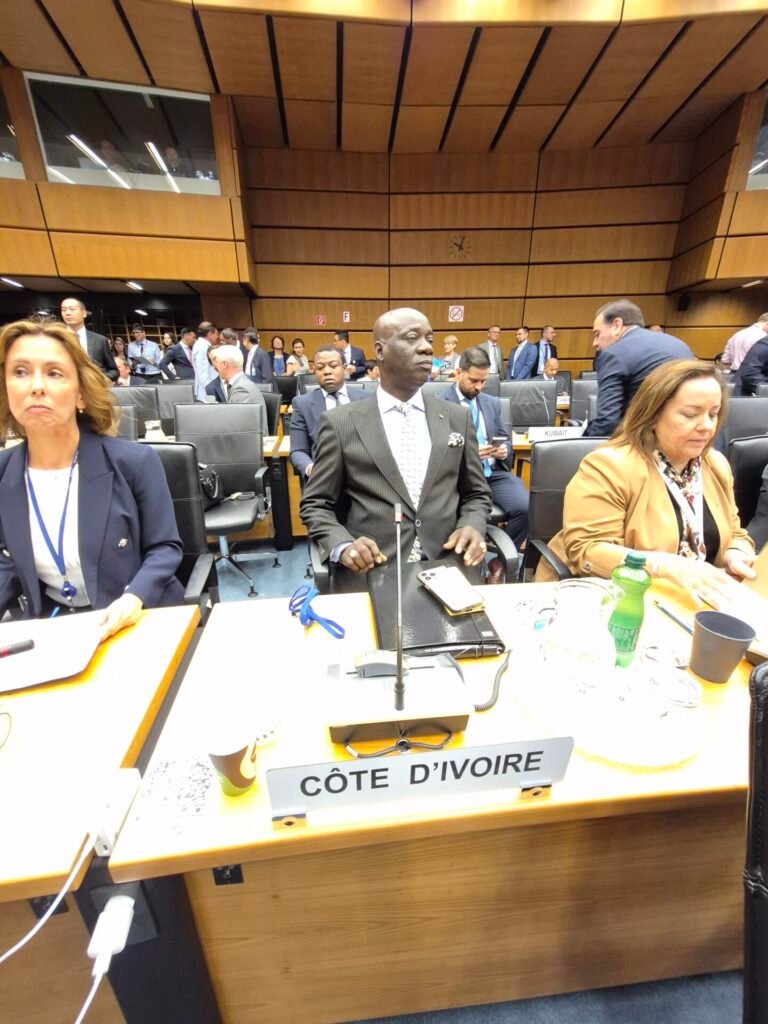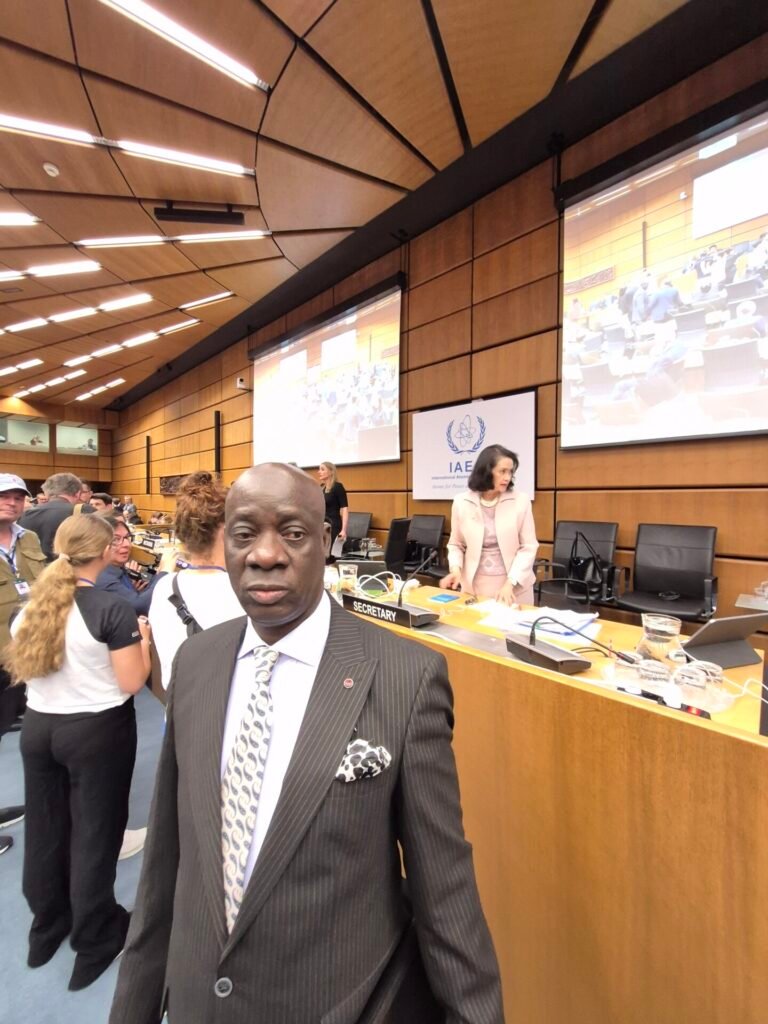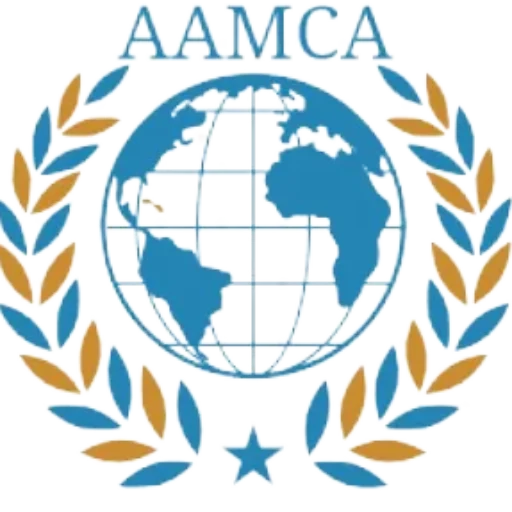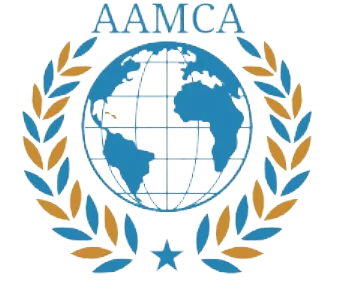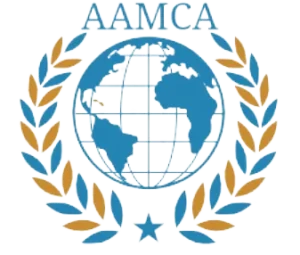Madam Chairperson,
We are meeting today in the midst of a serious conflict, involving three IAEA Member States, during which Iran’s nuclear sites are coming under attack. The weight of this conflict risks collapsing the global nuclear non-proliferation regime.
But there is still a path for diplomacy. We must take it, otherwise violence and destruction could reach unimaginable levels and the global non-proliferation regime that has underpinned international security for more than half a century could crumble and fall. This is also what I said to the UN Security Council just a few hours ago.
Iran, Israel, and the Middle East, need peace.
For that, we must take a number of steps. First of all, we must return to the negotiating table and for that allow IAEA inspectors, the guardians, on our behalf, of the NPT, to go back to Iran’s nuclear sites and account for the stockpiles of uranium, including, most importantly, the 400kg enriched to 60%.
In this regard, the Board should be aware of a letter sent to me by Foreign Minister Dr Abbas Araghchi on 13 June in which he mentions that Iran will “adopt special measures to protect our nuclear equipment and materials”.
In my response that same day, I indicated that any transfer of nuclear material from a safeguarded facility to another location in Iran must be declared to the Agency as required under Iran’s Safeguard Agreement, and I expressed my readiness to work with Iran on this matter.
Establishing the facts on the ground is a pre-requisite for any agreement, and this can only be done through IAEA inspections.
There needs to be a cessation of hostilities for the necessary safety and security conditions to prevail so that Iran can let IAEA teams into the sites to assess the situation.
Any special measures by Iran to protect its nuclear materials and equipment then can be done in accordance with Iran’s safeguards obligations and the Agency. This is possible. IAEA inspectors are in Iran and they are ready.
Madame President,
Based on information available to the IAEA, let me update you on the status of Iran’s nuclear sites following US attacks in the early morning hours on Sunday.
Craters are now visible at the Fordow site, Iran’s main location for enriching uranium at 60%, indicating that the use of ground-penetrating munitions. This is consistent with statements from the US. At this time, no one – including the IAEA – is in a position to have fully assessed the underground damage at Fordow. Given the explosive payload utilized, and the extreme vibration-sensitive nature of centrifuges, very significant damage is expected to have occurred.
At the Esfahan nuclear site, additional buildings were hit, with the US confirming their use of cruise missiles. Affected buildings include some related to the uranium conversion process. Also at this site, entrances to tunnels used for the storage of enriched material appear to have been hit.
At the Natanz enrichment site, the Fuel Enrichment Plant was hit, with the US confirming that it used ground-penetrating munitions.
Iran has informed the IAEA that there was no increase in off-site radiation levels at all three sites. The situation at the other sites remains as I have described in my past updates, and the IAEA is not aware of any further attacks on Iran’s nuclear sites since those on Sunday morning.
We continue to monitor the situation and encourage the Iranian regulator to maintain its contact with the IAEA’s Incident and Emergency Centre.
Our inspectors remain in Iran ready to undertake the required tasks when agreed with Iran. In this connection, and in order to guarantee their safety, arrangements have been made. I wish to thank the Iranian competent authorities for their cooperation on this matter, as well as UNHCR, UNDSS and the UN Designated Official for Security, for their support.
Madame President,
Let me again recall past General Conference resolutions that state that armed attacks on nuclear facilities should never take place and could result in radioactive releases with grave consequences within and beyond the boundaries of the State which has been attacked.
I therefore again call on maximum restraint. Military escalation not only threatens lives, it also delays us from taking the diplomatic path.
To achieve the long-term assurance that Iran does not acquire a nuclear weapon and for the continued effectiveness of the global non-proliferation regime, we must return to negotiations.
As I have already said, I’m ready to travel immediately to Iran. We need to keep working together, despite existing differences. I am ready to engage with all relevant parties to help ensure the protection of nuclear facilities and the continued peaceful use of nuclear technology in accordance with the Agency’s mandate.
I count on your support so that the IAEA can deploy nuclear safety and security experts to Iran, in addition to our safeguards inspectors already in the field.
Together, we have managed so far to support and preserve nuclear safety during another military conflict. We can do so again during this conflict. Of course, there are major differences between these situations – we know it – but we have proved that we can work cooperatively even in extremely difficult circumstances, and this, to the benefit of everyone. The stakes are high and doing nothing is the riskiest move of all.
Madame President,
Throughout this long and difficult journey, there has never been a time more important than now to muster the political courage to step away from the edge. Our shared mission of Atoms for Peace is a noble one. It has saved millions of lives and livelihoods. Together we have done so much to maximise the life-affirming power of the atom and minimize its destructive potential.
Yes, there are differences. Yes, we may not agree on the reasons behind and even the consequences of the current crisis. But there is a common denominator that exists: First, we don’t want to see a nuclear accident; second, we don’t want to see more nuclear weapon states in the world. And yes, we have this institution, the IAEA, through which to work professionally and constructively towards this end. This is a precious foundation on which we can build trust.
Yesterday I told the Security Council that the IAEA was ready to play its part to bring this military confrontation to an end. The IAEA is all of us and all of us know that, irrespective of individual positions and views, one thing is certain, and this is the simple truth: we will not be safer if there are more nuclear weapons in more states around the world.
